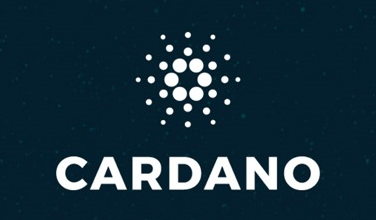US crypto reserve facing challenges in scalability

The idea of establishing a U.S. Strategic Crypto Reserve has been a topic of discussion, but it raises concerns about the selection of assets that make up this so-called reserve. A strategic reserve typically consists of essential assets necessary during crises, such as oil, medical supplies, or rare-earth minerals. Unfortunately, the U.S. government’s chosen digital assets, Cardano (ADA), XRP (Ripple), and Solana (SOL), are questionable selections.
Cardano, often presented as a blockchain revolution, has failed to live up to its promises. Despite boasting about peer-reviewed research and a deliberate development process, Cardano struggles to accommodate more than a few transactions per block. Operating with a small block size, Cardano’s transaction throughput remains limited, with smart contracts facing significant challenges with just one transaction per block. Its proposed solutions, like adjusting block times and sizes, do not address its underlying inefficiencies, making it unsuitable for significant tasks like supporting financial systems.
Likewise, XRP, positioned as a replacement for SWIFT in banking settlements, has fallen short of expectations. While claiming to handle 1,500 transactions per second, real-world stress testing reveals its failure at lower TPS rates. Furthermore, XRP lacks native smart contract support, hindering its ability to host DeFi or complex financial instruments without centralized third-party additions. Its consensus model centralization raises concerns about Ripple’s control over the network, undermining the notion of a decentralized asset serving any strategic purpose.
Solana, known for its high transaction speeds, faces frequent network interruptions and centralization issues. Despite showcasing impressive speeds on paper, the network’s actual user throughput remains significantly lower due to internal consensus messages. The network’s vulnerabilities have led to multiple shutdowns and restarts, highlighting the risk of holding it as a strategic asset. Additionally, Solana’s significant validator centralization and bot spam transactions raise doubts about its reliability and real-world utility.
The fundamental issues with these selected assets for the U.S. Strategic Crypto Reserve are apparent. All three coins exhibit centralization concerns, with Ripple controlling XRP validators, Solana facing network manipulation, and Cardano being primarily overseen by a corporate entity. Furthermore, their inability to handle real-world pressures, whether in terms of transaction capacity, banking volume, or network stability, questions their viability as strategic assets. Unlike Bitcoin, which has demonstrated real-world usage and decentralization, these assets lack meaningful utilization in the economy, further diminishing their strategic value.
In conclusion, the selection of Cardano, XRP, and Solana for the U.S. Strategic Crypto Reserve raises red flags due to their centralization, scalability issues, and lack of real-world applications. For a reserve intended to serve critical purposes in times of crisis, these assets fall short of the requirements, casting doubt on their suitability as strategic holdings. As the conversation around strategic reserves continues, it is essential to reevaluate the chosen assets to ensure they align with the intended purpose of safeguarding national interests effectively.




